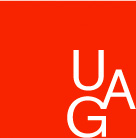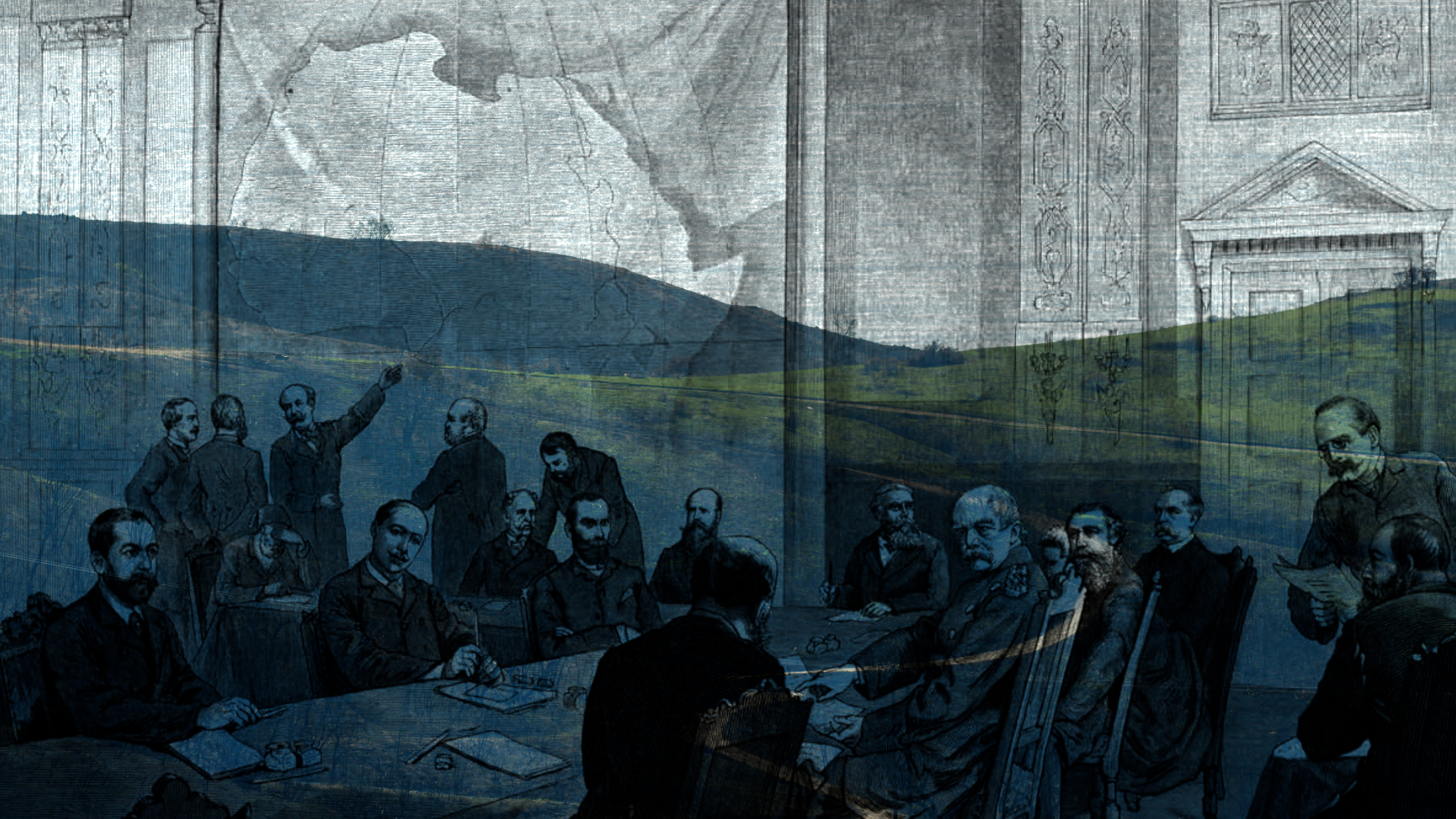The Unworld to Come. Imagining an Otherwise…
“If this world is as shitty as we think it is, then why repair it!”1 demands Jack Halberstam, pointing to the layers of brokenness that render life across this planet increasingly precarious—or nearly impossible. In response, The Unworld to Come takes up climate change as a poly-crisis with ideological dimensions, featuring artists who attempt to “imagine an otherwise” within the entangled struggles for climate, economic and social justice, & beyond.
As a guiding principle, the curators have drawn upon Bernard Stiegler’s notion of the neganthropocene—a deconstructed take on what scholars call the Anthropocene: that epoch defined by humans’ effect on the Earth’s ecosystem. From this approach the question is not only how we arrived here, but how a life worth living might be imagined within it.2 Central to this query is the recognition that the climate crisis spans a broad terrain: from ecocide masked as “green transition,” to the disregard for the dignity of migrants displaced by rising seas and neo-colonial regimes.
And yet, the Californian idea of a ‘whole earth’ remains a powerful tactic for short circuiting racialized neoliberal capitalism and its extractionist disregard of natural resources and human well-being. With Halberstam, if the curators choose to engage the “gritty, dirty, messy, disorderly unworld to come,”3 it is therefore not a post-apocalyptic stance. Rather, it is an attempt to perceive the climatic collapse and brokenness as the real (not imagined) condition of our interconnected present, and to further ask how we might live—critically and generatively—within it.
All of this is to say that the question of climate isn’t just one of weather patterns, but a broader one of geopolitical trends that, in turn, produce patterns of forced migration and ultimately detention and deportation. Enter Ashley Hunt, virgil b/g taylor, Marwa Arsanios, and Natascha Sadr Haghighian whose artwork in The Unworld to Come stages an in-situ dialogue that makes unexpected connections between the movements of people and the biosphere. In so doing, a means of living otherwise within the Anthropocene is imagined. It’s an important choice, because as Halberstam puts it, “If you fall and break you cannot be put back together in the [exact] way you were.”4
This exhibition inaugurates the first phase of The Neganthropocene: Empire/Money, Science/Politics, Art/Intervention, a three-part research project by Juli Carson and collaborators under the umbrella of University of California Climate Actions Arts Network (UC CAAN)—a system-wide initiative uniting researchers, scholars, students, and community partners to confront the climate crisis through the transformative power of the arts. UC CAAN is made possible with generous support from the University of California, Office of the President’s Multicampus Research Programs and Initiatives (MRPI) grant program.
_____________
1. Jack Halberstam, “Unworlding,” Journal of Architectural Education 78, no. 2 (2024): 272, https://doi.org/10.1080/10464883.2024.2382056.
2. Bernard Stiegler, The Neganthropocene, trans. Daniel Ross (London: Open Humanities Press, 2018).
3. Halberstam, “Unworlding,” 273.
4. Ibid., 276.
Artists
Marwa Arsanios (born 1978, Washington D.C.; Lives and works between Beirut, Lebanon and Berlin, Germany) is an artist whose practice examines the material, spatial, and political conditions that shape collective life. Working across film, installation, and research-driven collaborations, she investigates questions of land, property, ecology, and feminist resistance, often through specific sites in the Levant and in dialogue with movements reclaiming communal living. Arsanios approaches these struggles through new materialist and historical materialist frameworks, using film as a space for assembling images, histories, and relations. Her work has been shown in Documenta 15 (2022), the 11th Berlin Biennale (2020), the Gwangju Biennial (2018), the Sharjah Biennial (2019, 2017), Kunsthalle Wien (2019), SF MoMA (2019), Beirut Art Center (2017), Hammer Museum, Los Angeles (2016), with recent solo exhibitions at Sandretto Foundation (2025), BAK Utrecht (2024), Kunsthalle Bratislava (2023), and the Mosaic Rooms, London (2022). She co-founded several artist-led initiatives, including a recent communal land project in North Lebanon, and holds a PhD from the Akademie der bildenden Künste, Vienna.
Natascha Sadr Haghighian (born Budapest, 1987 or Sachsenheim, 1968 or 1976 or Australia, 1979 or Munich, 1979 or Tehran, 1967 or Iran, 1966 or 1953) is an artist who lives and works in Berlin, Germany or Kassel, Germany or Gütersloh, Germany or Santa Monica, California, USA or the Cotswolds, Great Britain. Sadr Haghighian develops installations, video and audio works, as well as performative interventions to evoke and resound diasporic infrastructures and conditions of collectivity. Her practice is deeply invested in collaboration, sensual play and listening as modes of unraveling liberal individuality and the sociogenic accords of cognition. Recently she has been interested in epistemic disobedience as a mode of unlearning coloniality. She co-founded various collectives and coalitions, among them the institute for incongruous translation together with Ashkan Sepahvand, and kaf together with Shahab Fotouhi and Tirdad Zolghadr.
Ashley Hunt (born 1970 in Los Angeles, CA; Lives and works in Los Angeles, CA) is an artist, writer who co-directs the Photo and Media Program at CalArts. His practice examines the social, political, and aesthetic structures through which power is organized, with a sustained focus on the U.S. prison system and the movements that challenge it. Working across documentary, video installation, mapping, photography, and collaborative research, Hunt works directly with grassroots organizations such as Critical Resistance, the California Coalition for Women Prisoners, Underground Scholars, and Families and Friends of Louisiana’s Incarcerated Children. His long-term projects include Corrections Documentary Project (2001–10), Degrees of Visibility (2010–present), and his film cycle on the ruins of closed prisons: Ashes Ashes (2020), Double Time (2021), and And Water Brings Tomorrow (2025). Hunt’s work has been exhibited at MoMA and P.S.1, Project Row Houses, the Hammer Museum’s Made in L.A. Biennial, Tate Modern, Documenta 12, and community and carceral spaces across the U.S. and beyond. He is a recipient of the 2023 Art for Justice Fund fellowship and the Andy Warhol Foundation/Creative Capital Arts Writers Grant.
virgil b/g taylor (born 1993 in New York, NY; Lives and works in Berlin, Germany) creates work rooted in speculative approaches to care, crisis, magic and toxicity. They publish fag tips, an online speculative zine, and makes work as one half of sssssssssSsss (a study-friendship with Ashkan Sepahvand). Taylor’s multi-modal practice spans installation, graphic-text intervention, study environments, video and public programs, foregrounding histories of exclusion, memorial, and non-normative relationality. Select recent exhibitions include: Louder, Taller, Uglier, Weirder. Learning from Weeds at Kunstraum Krezberg, Berlin (2025); Caught in a Landslide at KINDL – Centre for Contemporary Art, Berlin (2025); Fag Tips for Gesellschaft für Aktuelle Kunst at GAK Gesellschaft für aktuelle Kunst, Bremen (2023); Minor Publics at Artists Space in New York (2022); amongst many others.

